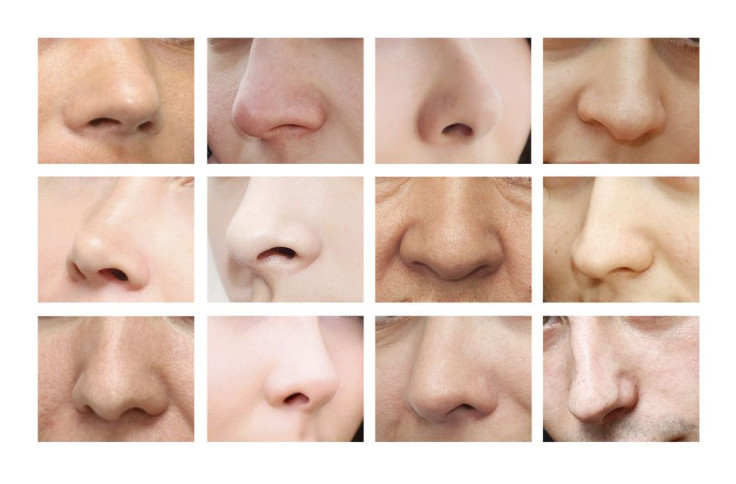Your Sense Of Smell Is Unique To You And Even Reveals Unrelated Genetic Information

The nose knows: the highest topographical feature within the facial landscape is the nose. Now, a new study from Israel's Weizmann Institute of Science makes a close examination of this distinctive, though rather humble feature. The genes for the receptors our noses use to detect scents, the researchers discovered, are about 30 percent different between any two people.
Because of this, an “olfactory fingerprint” — a precise measure of one person’s unique sense of smell — would reveal meaningful and largely unrelated genetic information. Just like a conventional fingerprint, then, an olfactory fingerprint might come in handy.
Smell Nuance
Most of us perceive a given odor similarly, says Dr. Noam Sobel, a neuroscientist at Weizmann and lead author of the new study. However, nearly everyone’s sense of smell is ever so subtly different. Strangely, no one has ever developed a way to test and quantify this expression of individuality.
So, Sobel and his colleagues set to work and designed a highly sensitive scent test. A total of 89 participants rated how strongly 28 odors, from clove to compost, matched 54 separate adjectives, including “nutty” and “pleasant.” After nearly five hours of testing per person, the researchers arrived at a distinct “olfactory fingerprint” for each. In fact, based on just seven odors and 11 descriptors, Sobel and his team say they would be able to identify each of their study participants.
“Extrapolating from this data, we determined that using 34 odors and 35 descriptors we could individually identify each of the seven billion people on earth,” wrote the authors in their published study.
According to the authors, people with similar olfactory fingerprints also show a similarity in their genes for immune system proteins. In previous studies, these proteins have been linked to body odor and ultimately choice of a partner. The current research suggests people with similar olfactory fingerprints would likely smell alike to others. In past animal studies, scientists have demonstrated how individual animals use their sense of smell to detect genetic similarity and thus avoid inbreeding.
So how might an enterprising science team exploit this seemingly valuable information?
Sobel and his colleagues believe their olfactory fingerprint might be used to construct smell-based social networks someday. Another application would be a diagnostic tool for diseases that affect the sense of smell, such as Parkinson’s. Since olfactory fingerprints would be very difficult to copy or steal, one other use might be a security biometric. Hey, sky's the limit.
Source: Secundo L, Snitz K, Weissler K, et al. Individual olfactory perception reveals meaningful nonolfactory genetic information. PNAS. 2015.
Published by Medicaldaily.com



























